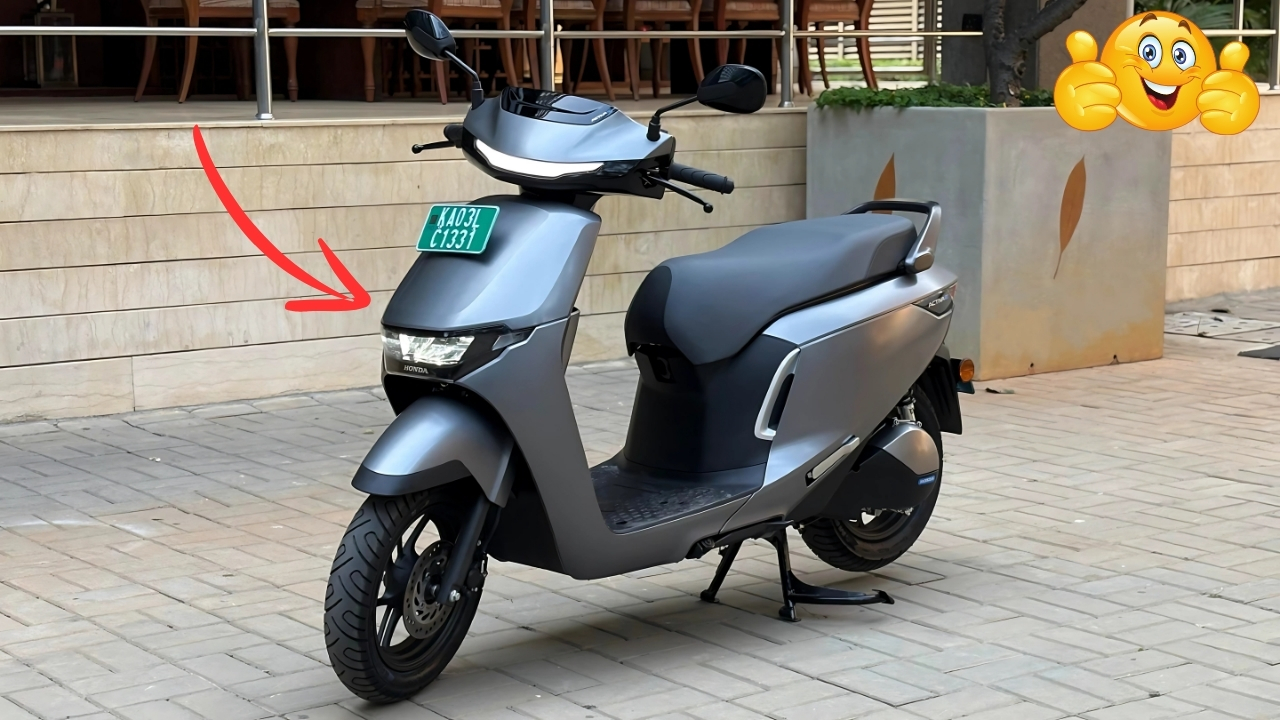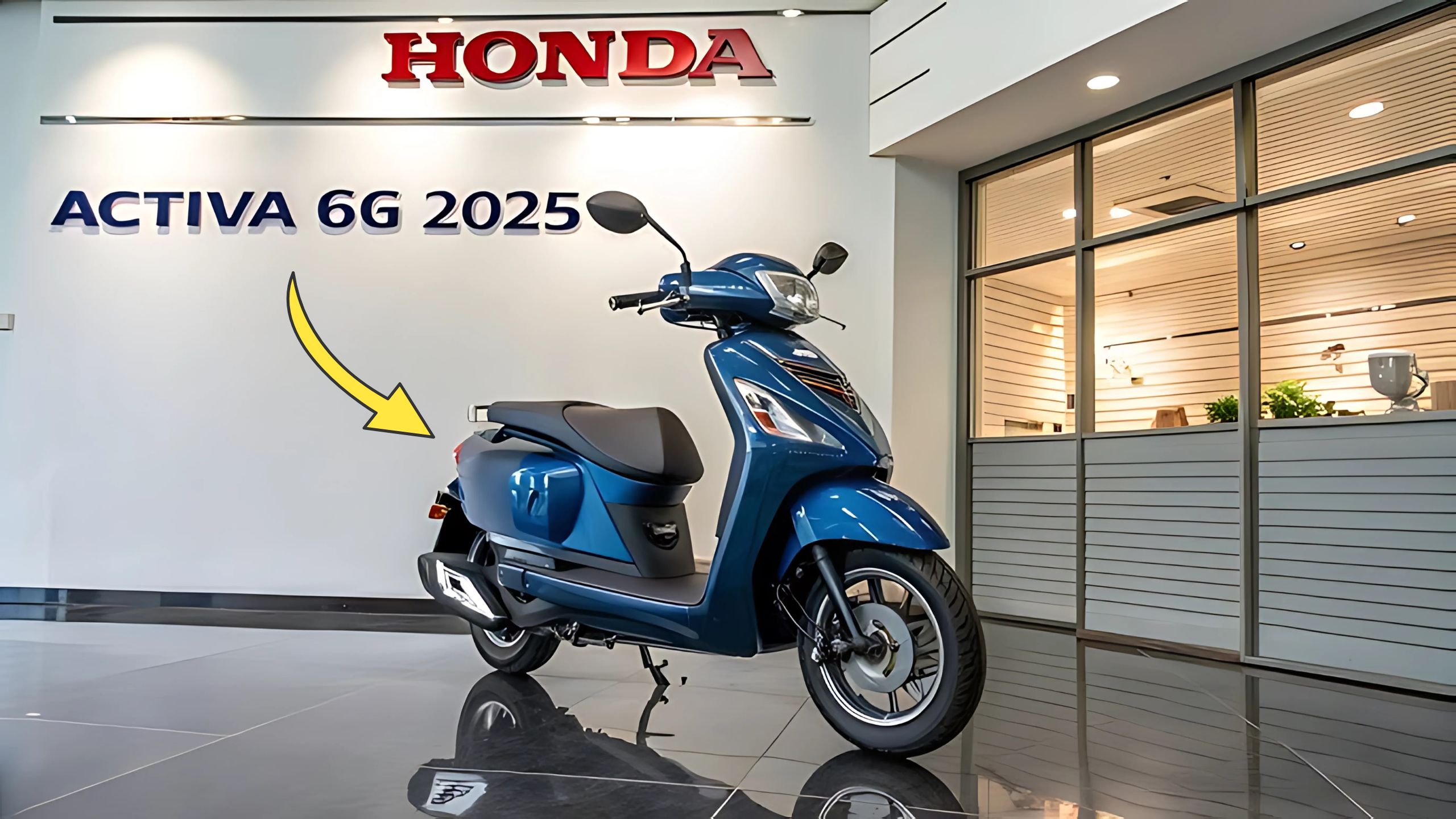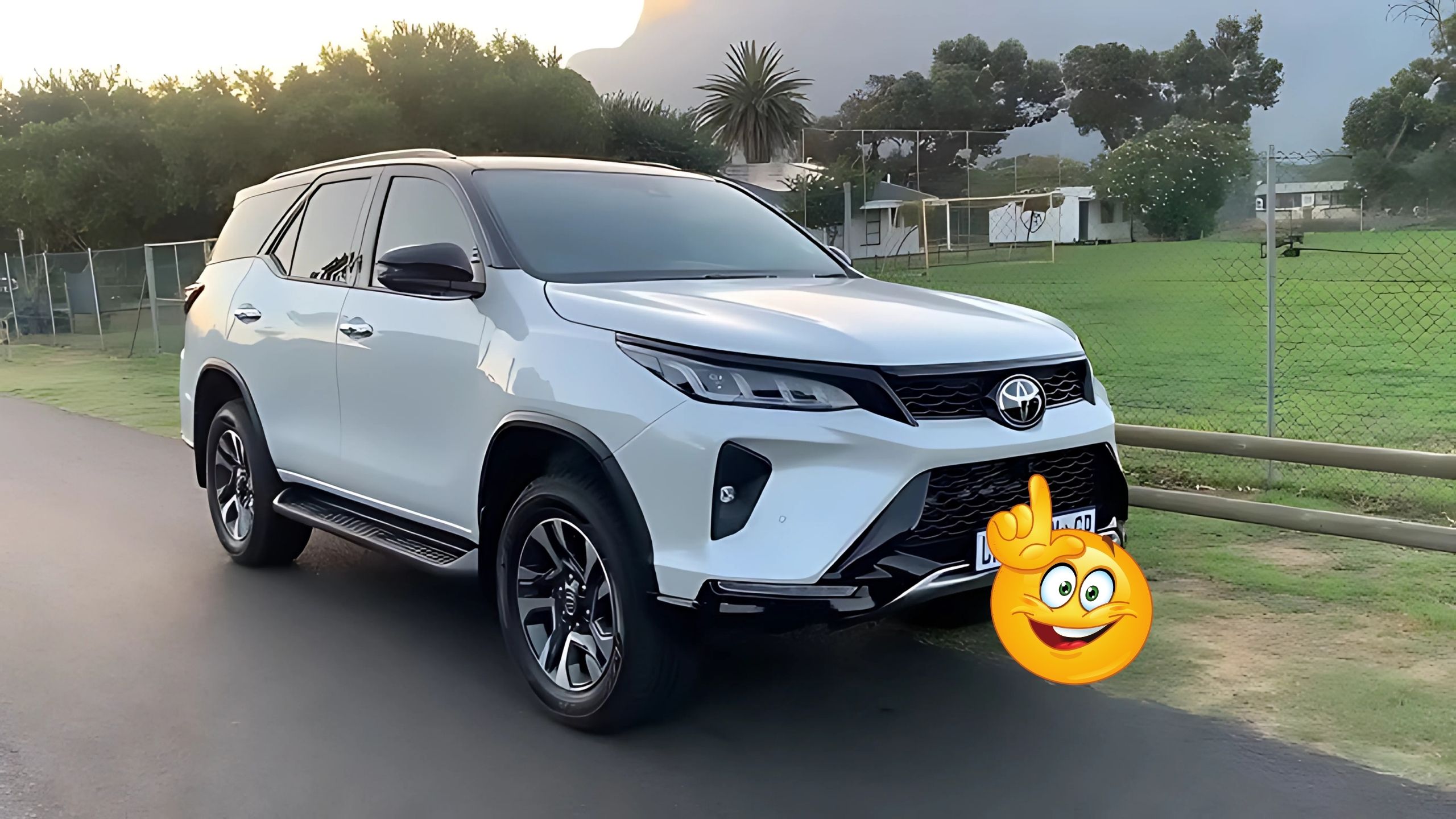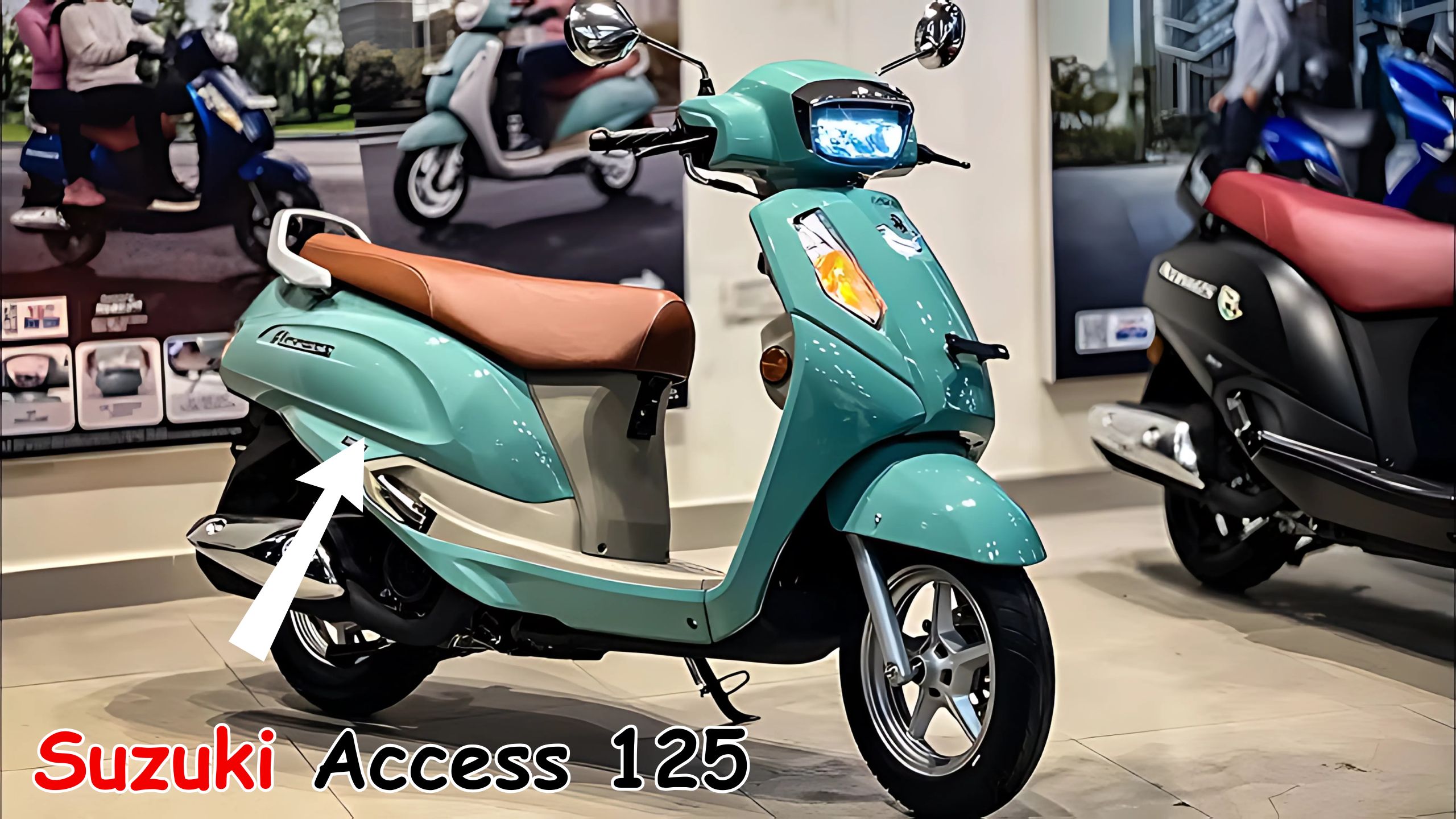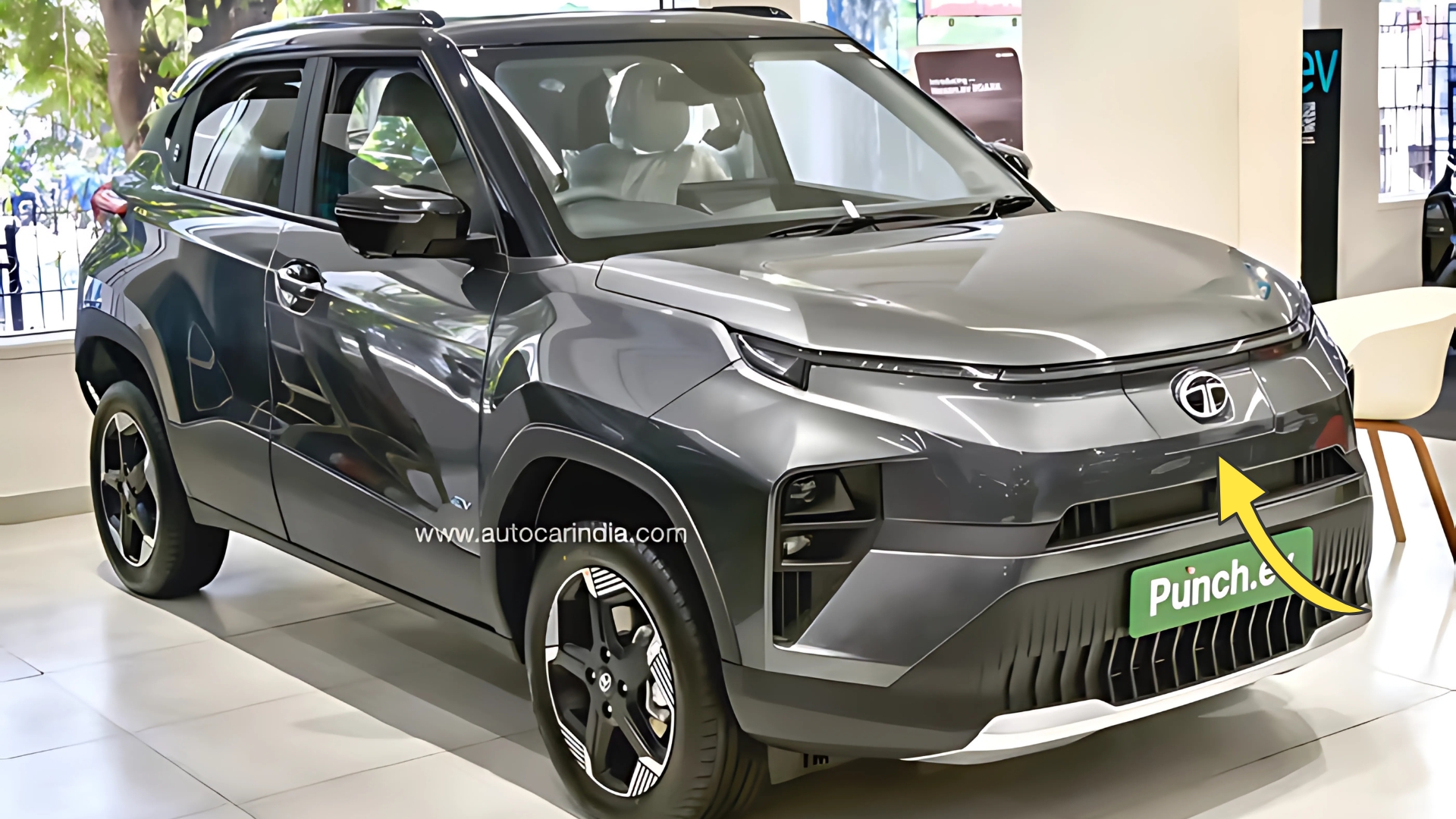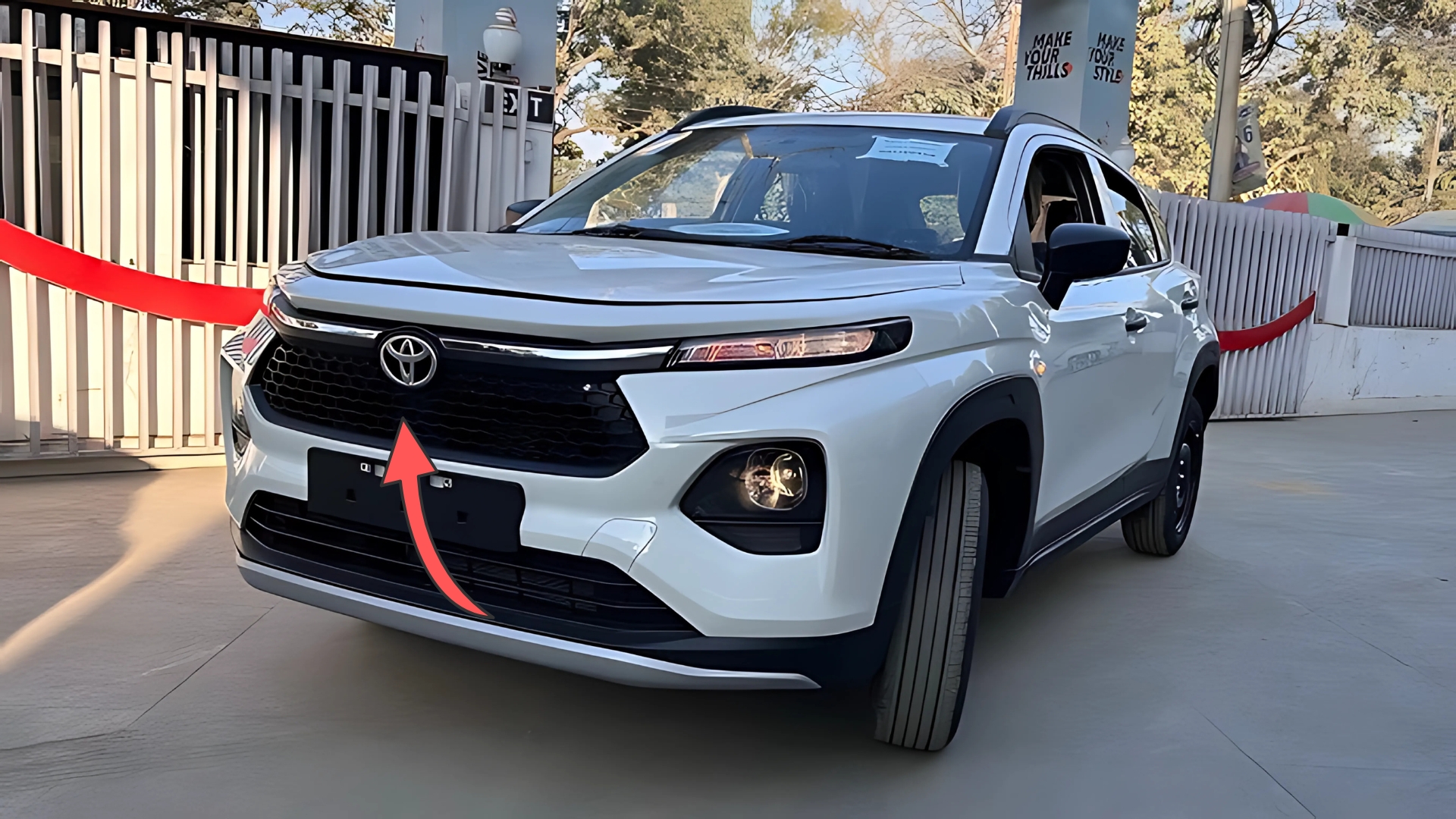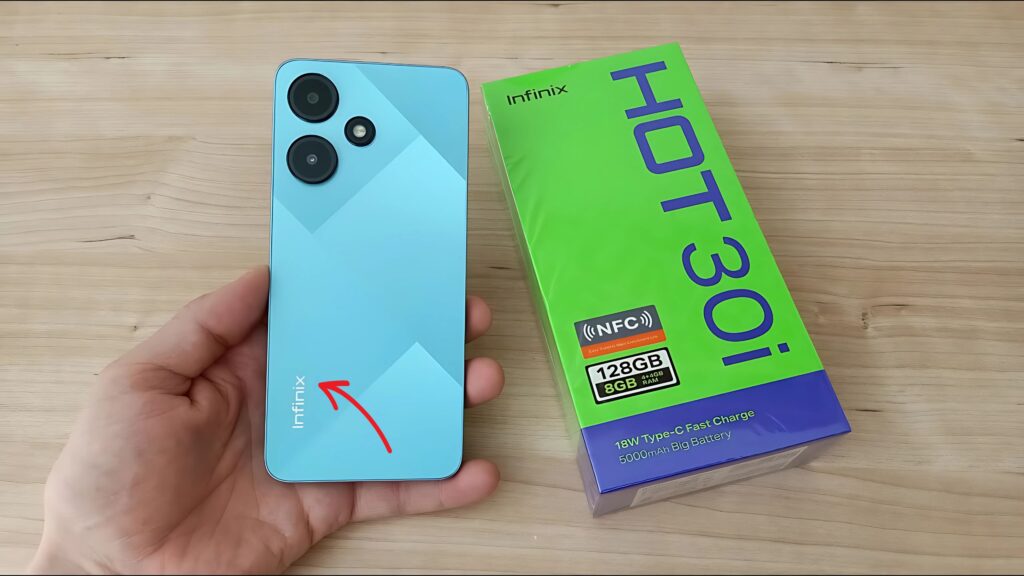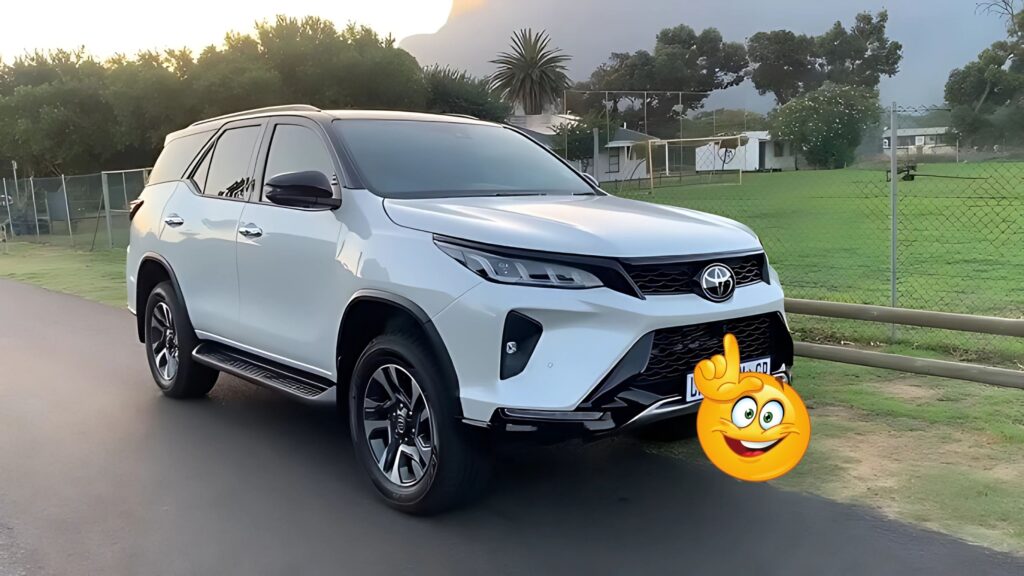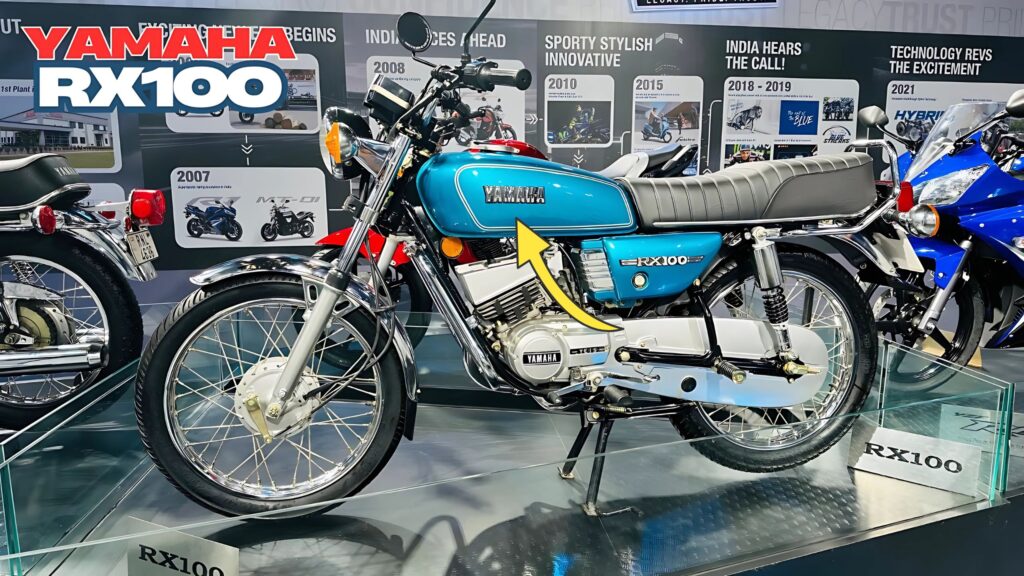Honda Activa EV: In the evolving landscape of India’s two-wheeler market, few vehicles have achieved the cultural significance and market dominance of the Honda Activa.
Since its introduction in 2001, this unassuming scooter has transformed urban mobility for millions, becoming not merely a mode of transportation but a household name synonymous with reliability and practical utility.
The introduction of the Activa EV represents perhaps the most significant evolution in this storied lineage—a transition that electrifies India’s most trusted scooter while maintaining the core values that built its remarkable reputation over two decades.
Honda Activa EV: The Legacy Context
To appreciate the significance of the Activa EV requires understanding the extraordinary position its conventional predecessor holds in the Indian market.
With cumulative sales exceeding 25 million units, the Activa hasn’t merely succeeded; it has defined the modern automatic scooter segment, consistently ranking among the top-selling two-wheelers in the world’s largest two-wheeler market.
This success stems from Honda’s unwavering focus on three fundamental attributes: reliability, ease of use, and practical utility—values that transcend demographic boundaries to create a truly universal appeal.
The electrification of such an iconic platform carries both tremendous opportunity and substantial risk.
The opportunity lies in leveraging an established brand and distribution network to accelerate electric mobility adoption beyond early enthusiasts.
The risk involves potentially compromising the very attributes that built the Activa’s reputation should the electric version fail to deliver the same dependable, fuss-free ownership experience.
This tension between innovation and continuity defines the development approach behind the Activa EV.
Design Philosophy: Familiar Evolution
The exterior design of the Activa EV reflects Honda’s nuanced understanding of consumer psychology during technological transitions.
Rather than creating a radically different appearance that might alienate the existing customer base, the design team has opted for a recognizable evolution that maintains the Activa’s distinctive silhouette while introducing subtle cues that communicate its electric powertrain.
The front apron features slightly more angular lines that improve aerodynamics while housing LED lighting elements that create a distinctive signature.
The side panels maintain the clean, uncluttered appearance that has characterized the Activa through generations, though with slightly more sculpted surfaces that reduce visual mass.
The most noticeable differentiation comes through the unique color options, including the signature “Electric Pearl Blue” that subtly communicates the scooter’s zero-emission credentials without resorting to exaggerated “eco-design” elements that might appear dated as electric vehicles become mainstream.
This balanced approach to visual evolution acknowledges that for many potential customers, the transition to electric propulsion already represents a significant step—one that becomes more approachable when wrapped in familiar design language.
The strategy prioritizes technology adoption over design disruption, recognizing that the primary goal is accelerating electric mobility rather than making a styling statement.
Powertrain Implementation: Practical Electrification
The heart of the Activa EV is its electric powertrain, developed specifically to meet the requirements of Indian urban mobility rather than adapting existing systems from other markets.
The 4.5kW (peak) mid-mounted motor delivers 140 Nm of torque at the wheel—a figure that significantly exceeds the conventional Activa and transforms the riding experience through immediate responsiveness particularly valuable in stop-and-go urban traffic.
Battery implementation shows similar market-specific thoughtfulness through a modular approach that balances range requirements with practical considerations.
The standard 2.2 kWh lithium-ion battery provides approximately 90 kilometers of real-world range—sufficient for several days of typical urban commuting.
For those requiring extended range, an optional secondary battery expands capacity to 4.4 kWh, doubling potential range without requiring a larger permanent battery that would increase cost and weight for users who don’t require the additional capacity.
The thermal management system demonstrates particular sophistication through passive cooling architecture optimized for India’s climate conditions.
Rather than employing energy-intensive active cooling, the system utilizes phase-change materials and strategic heat dissipation pathways to maintain optimal battery temperature even in extreme ambient conditions.
This approach preserves efficiency while reducing complexity and potential failure points—considerations particularly important in a market where reliability represents a core purchase criterion.
Technical Specifications and Features
| Feature | Specification |
|---|---|
| Motor | 4.5 kW (peak) mid-mounted BLDC |
| Torque | 140 Nm (at wheel) |
| Battery | 2.2 kWh lithium-ion (standard), 4.4 kWh (with range extender) |
| Range | 90 km (standard battery), 180 km (with range extender) |
| Charging Time | 0-80% in 2.5 hours (standard charger), 0-80% in 1 hour (fast charger) |
| Top Speed | 80 km/h |
| Acceleration | 0-40 km/h in 2.6 seconds |
| Riding Modes | Eco, Standard, Sport |
| Display | 5.5-inch TFT with smartphone connectivity |
| Storage | 22 liters under-seat capacity |
| Weight | 115 kg (with standard battery) |
| Ground Clearance | 170 mm |
| Suspension | Telescopic front, hydraulic rear |
| Braking | Combined braking system with regenerative braking |
| Tires | 100/90-12 (front), 110/90-12 (rear) tubeless |
| Colors | Electric Pearl Blue, Matte Axis Grey, Pearl Precious White, Matte Copper Brown |
| Special Features | Reverse mode, side-stand cut-off, geo-fencing, remote diagnostics |
User Experience: Familiar Yet Enhanced
The riding experience of the Activa EV achieves a delicate balance between maintaining the familiar characteristics that built the platform’s reputation while enhancing aspects where electric propulsion offers inherent advantages.
The seating position and ergonomics remain largely consistent with the conventional model, creating immediate familiarity for existing Activa users considering the transition to electric.
The most noticeable enhancement comes through the powertrain’s torque characteristics, which provide instantaneous response that transforms urban riding.
The absence of clutch or transmission creates an even more accessible riding experience, particularly valuable for new riders or in dense traffic conditions.
The silent operation similarly enhances the ownership experience, eliminating the noise fatigue associated with internal combustion engines during extended use.
The three riding modes accommodate diverse preferences and requirements.
Eco mode prioritizes efficiency through gentler acceleration and enhanced regenerative braking, while Standard mode provides balanced performance suitable for most everyday scenarios.
Sport mode unlocks the full motor capability for situations requiring maximum acceleration or hill-climbing ability.
These options allow riders to adapt the scooter’s characteristics to specific journey requirements rather than accepting a single performance profile.
Weight distribution receives particular attention in the chassis design, with the battery positioned to maintain the low center of gravity that contributes to the Activa’s stable handling characteristics.
Despite the additional weight of electrical components, the EV version maintains similar maneuverability to its conventional counterpart through careful mass centralization and suspension tuning specific to the electric variant’s different weight distribution.
Practical Innovations: Thoughtful Functionality
Beyond the core electric propulsion system, the Activa EV incorporates several thoughtful features that address specific ownership considerations.
The reverse assist function provides low-speed backward movement that proves particularly valuable when maneuvering in tight parking situations with the scooter’s slightly increased weight.
The regenerative braking system balances energy recovery with familiar braking feel, avoiding the sometimes abrupt deceleration that characterizes poorly calibrated regenerative systems.
The connected features demonstrate similar pragmatism through functions that provide genuine utility rather than technological novelty.
The smartphone application enables remote monitoring of charge status and riding history while providing security features including geo-fencing and unauthorized movement alerts.
The diagnostic capabilities allow potential issues to be identified before they affect vehicle operation, with service notifications sent directly to both owner and selected service center.
Charging infrastructure limitations receive practical acknowledgment through the portable charger that enables convenient replenishment from standard household outlets without requiring dedicated installation.
The magnetic connector provides secure attachment while incorporating safety features that prevent operation if improper connections are detected—an important consideration for a market where electrical systems vary widely in implementation quality.
Key Points About the Honda Activa EV
-
Trusted Platform Evolution – Builds upon India’s most successful scooter legacy with over 25 million units sold
-
Practical Range Implementation – Modular battery approach accommodates diverse usage requirements
-
Climate-Optimized Thermal Management – Passive cooling system designed specifically for Indian conditions
-
Enhanced Urban Capability – Instantaneous torque transforms stop-and-go traffic navigation
-
Familiar Ownership Experience – Maintains core Activa values of reliability and ease of use
-
Comprehensive Connectivity – Practical remote functions enhance security and maintenance
-
Extensive Service Network – Leverages Honda’s established dealer infrastructure for support
-
Thoughtful Transition Design – Balances innovation with familiar elements to encourage adoption
Market Positioning and Strategy
The positioning of the Activa EV reflects Honda’s comprehensive strategy for electric transition in the world’s largest two-wheeler market.
Rather than creating a separate electric sub-brand or targeting only early adopters with premium pricing, Honda has chosen to electrify its most recognized nameplate at an accessible price point that enables mainstream adoption.
This approach acknowledges that achieving meaningful environmental impact requires volume rather than merely symbolic premium products.
The manufacturing approach similarly prioritizes scale through production at Honda’s existing facilities rather than separate electric-only plants that might constrain initial capacity.
This integration allows flexible production scaling based on market demand while leveraging established quality control systems and supplier relationships that ensure the reliability essential to the Activa brand identity.
The Broader Perspective
The Activa EV represents more than just another electric scooter launch—it symbolizes a potential tipping point in India’s electric two-wheeler transition.
By electrifying the country’s most trusted scooter platform, Honda potentially accelerates adoption beyond environmentally conscious early adopters to the mainstream market that has made the conventional Activa a household name across diverse demographic segments.
This approach contrasts with competitors who have created entirely new electric brands that must establish trust and distribution from scratch.
The Activa’s established reputation provides a foundation of consumer confidence that addresses the uncertainty many potential buyers feel when considering new technology—particularly in a market where vehicle purchases represent significant household investments.
Honda Activa EV
The Honda Activa EV stands as a thoughtfully engineered evolution of India’s most successful scooter platform, balancing technological advancement with the core values that built the nameplate’s extraordinary reputation.
By prioritizing practical usability, reliability, and familiar experience while enhancing aspects where electric propulsion offers inherent advantages, Honda has created a vehicle that could potentially transform India’s electric mobility landscape through mainstream adoption rather than niche appeal.
For consumers considering the transition to electric transportation, the Activa EV offers a compelling proposition that minimizes uncertainty through its connection to a trusted platform while delivering the environmental and operational benefits inherent to electric mobility.
The comprehensive dealer network and established service infrastructure further reduce adoption barriers that have challenged electric two-wheeler startups despite technological innovation.
As India navigates its complex energy transition amid urban air quality challenges and energy security considerations, vehicles like the Activa EV play a crucial role in democratizing electric mobility beyond early enthusiasts.
By electrifying the everyday transportation tool that millions already trust, Honda potentially accelerates this transition more effectively than completely new products regardless of their technological sophistication.
This approach reflects a mature understanding that successful technology transitions often require evolutionary rather than revolutionary steps—particularly for products that serve essential daily needs rather than discretionary purposes.
The Activa EV thus represents not merely a new product but a strategic bridge between India’s transportation present and its electric future.
